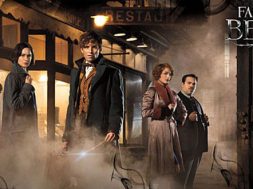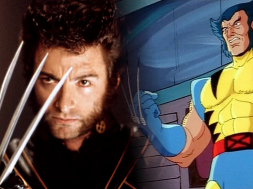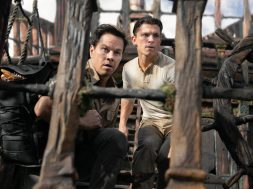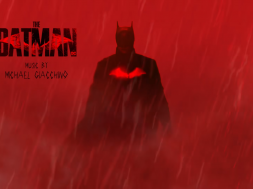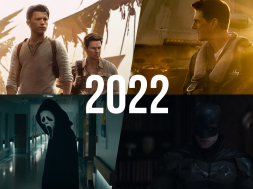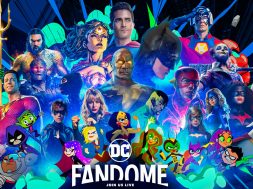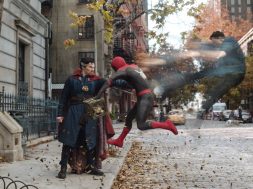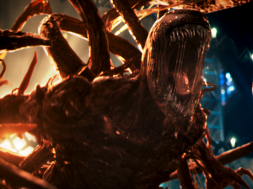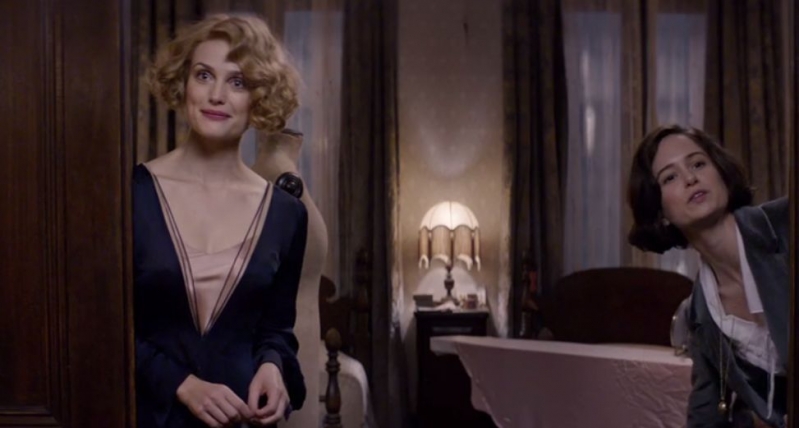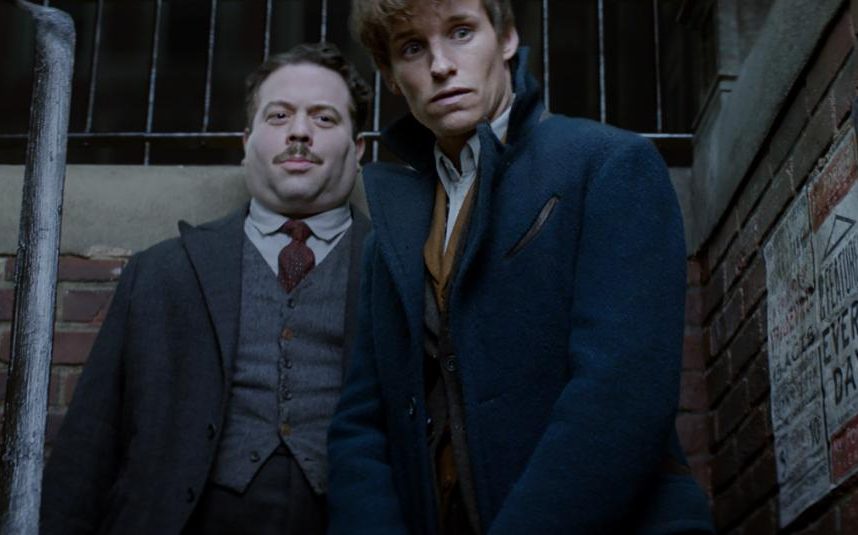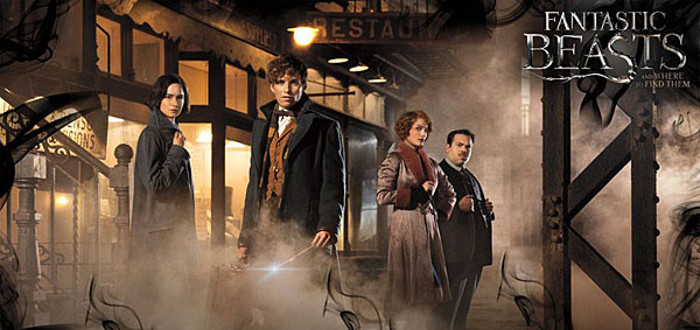
Fantastic Beasts And Where To Find Them Review – Doesn’t Quite Find Itself
The Harry Potter series has always had a strong undercurrent of political themes. From the in-universe use of terms like “mudblood” to describe those from not-entirely-magical families, to the student uprising against tyranny that was the backdrop of the latter instalments, writer J.K. Rowling consistently made political struggle a core tenet of her fantasy world. Fantastic Beasts and Where to Find Them is a return to the world of Potter in the form of a 1920s history lesson on the wizarding world and an extension on the philosophies and politics that inform it. However, while the film does well bringing fans back to the world of witchcraft and wizardry, the extended metaphors on civil injustice feel too much like extra trimmings to make a solid point.
Featuring Rowling in her screenwriting debut, and borrowing its name from the fictional textbook she released in 2001, Fantastic Beasts introduces us to Newt Scamander, an adventurer and magical animal researcher as he arrives in New York. Played by Eddie Redmayne, Scamander’s stay in New York is intended to be brief before one of his magical creatures runs amok, causing a mix-up between his special suitcase that contains his creature collection and “No-Maj” (non-magical person) Jacob’s, and Newt to be taken in by former Auror (magical detective) Tina. All the while, there’s a wizarding investigation going on into a myterious, evil entity that’s causing damage through-out the city, an investigation which threatens Newt’s creatures and the precarious balance between magic and non-magic people.
So, on the one side, there’s Newt’s madcap rush to re-capture his animals, on the other, there’s Colin Farrell‘s Percival Graves and his not-what-it-seems search for the cause of all the city’s destruction. Of the two, the movie not only does a better job with, but feels more comfortable following Newt and Jacob as they try to outwit a kleptomaniac raccoon and a horny, lava-powered hippo. Between them we see underground magic bars, a bright Willy Wonka’s Chocolate Factory of an enclosed animal reserve and the American magic headquarters, a cacophony of glittery movement and various charms and spells. Director David Yates, who also directed the last four Harry Potter films, shows a distinct pleasure in floating around and playing with the divide between our world and theirs. Combined with Redmayne‘s slightly aloof performance and Dan Fogler‘s Lucas, who acts as an audience POV character, “ooh”-ing, “wow”-ing and screaming at all the right moments, an all too familiar charm takes hold.
Lucas’ presence becomes part of the film’s wider ethos when Tina’s sister Queenie, a mind-reader played by Allison Sudol, who slides into the 1920s fashion and demeanour the most convincingly, begins falling for him. Magic people have what Newt calls questionable views on no-majs, believing them to be lesser, to paraphrase. Non-magical people consider magic-users either witches to be burned at the stake ala Salem or to be non-existent, with devout believers seen as freaks. Lucas being this far down the rabbit hole is something the magic community simply don’t stand for, which leads Tina to bring Lucas and Newt before magic congress, catching the three and Queenie up in Graves’ wider investigation.
Graves has been searching at the behest of Madame President Seraphina (Carmen Ejogo) for this mystery force. Graves finds a lead in Credence (Ezra Miller), who, along with his two sisters, comes from an adopted and abusive mother who beats her children when she suspects them of using magic. Colin Farrell does what Colin Farrell does, act and look menacing as Miller‘s Credence squirms in his presence. The darker material is well-handled, especially for a production of this kind, but the film struggles with the contrast between Scamander’s caper search and a fanatical mother abusing her children. Credence and his sisters always seem over-shadowed by the more charismatic storyline running concurrent to them, leaving the convergence of the plots ultimately seeming contrived and loose.
It simply takes a little too long for the various disparate plot devices to click together. The first half has a David Attenborough-like quality to how it showcases this new, unexplored part of the wizarding world. Certainly, the return to the Harry Potter universe is something to celebrate – it is, frankly, about damn time – but the film spends so long setting the scene and exploring the ethereal vistas the actual story loses its impact by the time the final curtain comes.
Hinging the entire movie on the civil unrest between, and within, magic and non-magic people makes for some strong all-but-explicit anti-racism, anti-fascist messaging. The questioning of the nature of a troubled divide between people and how those in charge treat power has a new-found relevancy in the light of current politics. The world of Harry Potter is a perfect place to delve into these themes and try and say something inspiring to those with anxieties about current affairs. The Fantastic Beasts and Where to Find Them sequels – David Yates is also directing the next one – will hopefully be that inspiration. This is a little too concerned with how its casting its spell to really make it magic.
